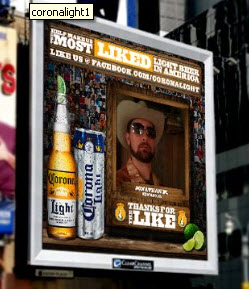New Pepsi Challenge Flat.
I was just reading about the new Pepsi Challenge. It will take place primarily in social media, using Usher, Serena Williams, other personalities and web denizens. From a strategy point of view the only thing I can glean is that the goal is to blend “social responsibility with social culture.” Forgive me but isn’t this “Pepsi Refresh” 4 years later? This time just with expensive spokespeople? Packaged using an old campaign line from twenty years ago?
It almost feels like they rushed the story to market half-baked to beat some Coke announcement or poor earnings report. The effort is going to cost millions globally and, no doubt, will do some good. It may even sell a few cases. But the whole campaign feels very social media bandwagon and derivative. More importantly, it’s non-endemic to the product. Something McDonalds could easily do.
I’m not feeling this marketing effort and suspect it will be nice window dressing for the Pepsi corporate offices and its ad agencies; as for taking a chunk out of Coke’s hide, not going to happen. What’s the Idea?
Peace.
PS. For WTI posts on Pepsi Refresh, click here.





